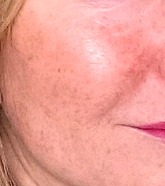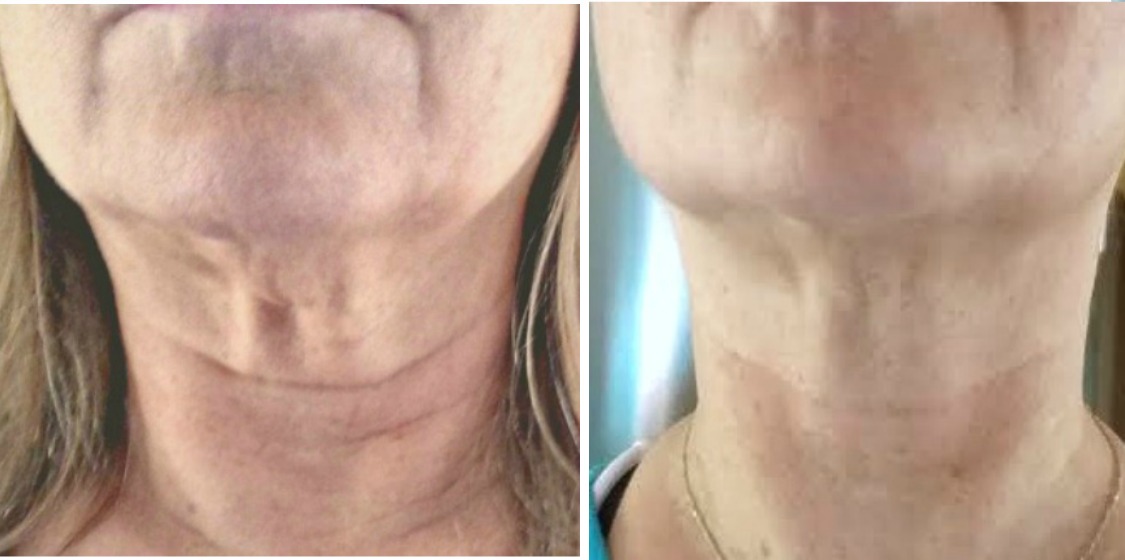- FACE |
- EYES |
- SKIN |
- WHAT'S NEW?
Disclosure: As an associate of Amazon and others, I may earn commission on certain purchases.
Post Inflammatory Hyperpigmentation

Post inflammatory hyperpigmentation is a discoloration (redness or dark spots) that develop due to injury to the skin.
This injury could be due to left over scarring from acne or breakouts.
Post inflammatory hyperpigmentation (PIH), develop when pigments collect in your skin cells. Naturally occurring pigments protect your skin from sun damage.
Too much color, however, can show up and cause different types of hyperpigmentation. Some dark spots may occur as a reaction to sun exposure, your body’s hormone changes or healing.
Hyperpigmentation from acne ranks as one of the most common forms.
Most skin coloration is perfectly harmless even if you find them distracting to see.
Nearly everyone has one or two darkly colored skin spots, but PIH happens after your skin recovers from inflammation or injury.
As skin heals after inflammation, it builds layers of protection. The dark pigment known as melanin is one of the ways skin protects itself.
Types of hyperpigmentation
Healing skin is often marked by darkened regions after the original problem heals. Healing does not always require melanin, but your skin is just doing what comes naturally.
This kind of dark skin shows up as a flat, smooth area of discoloration. Raised or rough feeling areas are not the result of simple pigmentation.
Your skin’s natural color may change to include more pink, reddish purple, brown or black.
Nearly everyone can experience these dark areas. Men and women struggle equally with this issue.
If your skin is naturally dark, however, you may be more likely to experience dark areas on a wound or acne scar.
All types of post inflammatory Hyperpigmentation result from skin damage and inflammation. Sun damage, skin trauma, and hormonal changes form the three most common types of hyperpigmentation.
You probably recognize sun damage as common freckles or “sun spots.” Your body produces these telltale spots when damaged by the sun over time.
Also know as age spots, the medical term is Lentigines.
Rashes, allergies and burns create inflammation in the skin from an injury and can cause dark areas to form on the surface of your skin.
Women often experience hyperpigmentation as a temporary result of hormone changes during pregnancy, called Melasma.
Hyperpigmentation From Acne
Many people experience PIH from acne outbreaks. Acne inflames the skin and creates areas of healing that develop pigmentation.
These areas heal quickly, but severe outbreaks can leave long lasting discoloration. You might think that the acne treatments cause pigment changes, but the skin’s inflammation is to blame.
You cannot avoid all darkened skin areas, but a little knowledge may help you avoid common mistakes. Use sunscreen consistently and even in the winter. Your skin needs all the protection you can offer.
Resist the urge to scrub at dark areas. Irritating your skin like this may create more darkened areas. For acne related pigment areas, your best bet rests with preventing or treating the acne.
Treating your skin’s darkened areas is not hopeless. Consider using dual step herbal skin eraser to help lighten and smooth out your complexion.
Remember patience and good skin care including sunscreen protection are your best tools if you experience post inflammatory hyperpigmentation.
Return from Post Inflammatory Hyperpigmentation to Tips For Healthy Skin
Return From Post Inflammatory Hyperpigmentation To Wrinkle Free Skin Tips for more great skin ideas
Popular Articles
Watch how I reduced crepey skin under my eyes....
As an Amazon Associate I earn from qualifying purchases. Other links on this site may lead to other companies I'm associated with.
Recent Articles
-
Easy Eye Solutions - Under Eye Lines & Crepey Skin. See My Results!
Jun 29, 21 04:20 PM
Easy Eye Solutions Instant Eye Tuck Serum. Free Shipping & Sample Sizes. See before and after video -
Crepey Skin Remedies - Natural Cure for Face, Eyes and Neck
Nov 04, 20 02:53 PM
Crepey Skin Remedies - Crepey skin can be reversed naturally at home. See before & after pictures of my results.
















